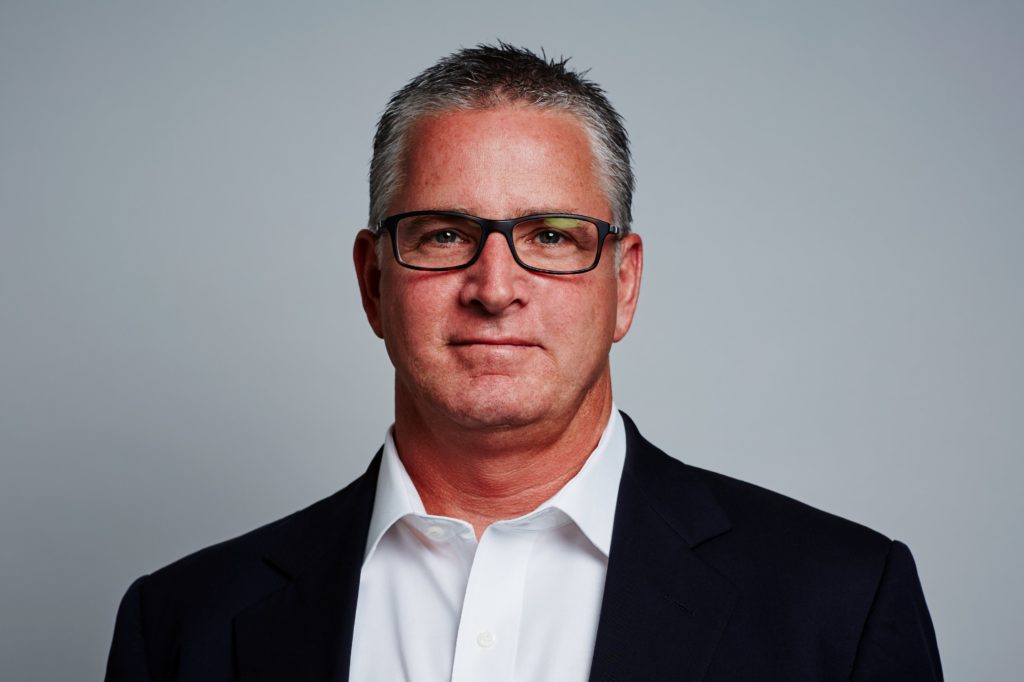Director Robert Wade, who joined Penserra’s fixed income division in 2012, heads the firm’s High-Yield trading operation. A solid Wall Street veteran with over three decades of industry experience, Robert, a competitive Ironman Triathlete, maintains an exercise regimen worthy of those half his age.
Q: As Penserra’s Director of High Yield trading, what are some of the factors institutional customers consider when choosing where to execute fixed income transactions, and why should they consider Penserra?
A: An institutional customer will probably be looking at best execution, prompt liquidity, confidentiality, trading costs and fair treatment (No Front Running). High Yield is still an OTC market, unless it is a go-go name where multiple large broker dealers make markets in those names. But at the end of the day you need to find the other side of the trade, and this implies having deep relationships with the buy-side and a lot of hard work. At Penserra we have a deep bench of relationships which helps find the other side of an order and deliver best execution. We can help large accounts move blocks of bonds or find the supply a buyer desires while protecting the agenda of our clients.
Q: High yield bonds have soared since the start of 2019. What do you attribute this to?
A: A sea change in the perception of risk as well as the Fed changing its tone. The economy continues its sluggish growth, pushing further away a credit downturn. In the context of an oversold High Yield market in December that had experienced substantial outflows in the second half of 2018, a flight to quality, a large widening of spreads, and negative returns led to a very attractive market with bonds of decent companies yielding approximately 8%+. This led to the allocation of new money in the market at the beginning of the year coming through ETFs and actively managed funds that evolved into a buying spree with risk-on activity. We saw the market gap-up on January 4th with most high yield bonds gaining at least 2 points and many of them more than that. The continuation of Inflows during the first quarter resulted in one of the best quarterly performances in years.
Q: Your Wall Street career has spanned over thirty years. What structural changes have you witnessed in the fixed income markets, and what significant develops lie ahead?
A: The fixed income market has grown in size and breadth and become a global market with a diversified global investor base. It is also playing a bigger role in funding companies, countries, provinces and municipalities for their growth or special projects. Thirty years ago, banks played a bigger role through loans. However, today a company can choose wherever it wishes to go to raise money. As portions of the fixed income market have become more commoditized, bid/ask spreads have compressed and the number of players in the market has grown. Risk transfer through the introduction of CDS has also added different complexity levels. Lastly, the introduction of electronic trading is playing a role in the more commoditized portions of the market.
Q: What convinced you to join Penserra’s Fixed Income division in 2012?
A: I had worked at and successfully ran a few high yield desks at medium and large-sized firms. Coming to Penserra was a great opportunity to establish a Fixed Income Capital Mkts group with George Madrigal and his equity group. He has tremendous vision of how a full-service brokerage firm can flourish and be successful. Penserra is very entrepreneurial and gives a lot of latitude to people who want to work hard to build a business without a lot of layers of management.
Q: You were a Division-1 lacrosse player at Mount Saint Mary’s University. What have you done since college to stay in shape and keep your competitive juices flowing?
A: After college I continued playing lacrosse on a semi-pro team for about 10 years. I was a competitive swimmer growing up and loved outdoor sports all year round. On a dare from a good friend of mine, I signed up to run a marathon and wound up doing well despite not having ever run farther than 5 miles. I was hooked. Marathons turned into biathlons, biathlons turned into triathlons, and finally that turned into Ironman Triathlons (2.4 mile swim, 112 mile bicycle ride, and a marathon 26.2 mile run, raced in that order w/out a break). Basically, I’m a very competitive person and a ‘Type A’ personality. This business we have chosen to be in has the same qualities as the sports I have and still compete in. So I’m competing both at work and after work. Along with my triathlon training, I usually wake at 4:45 a.m. and go directly to gym to work out and/or get some road work in before work.
